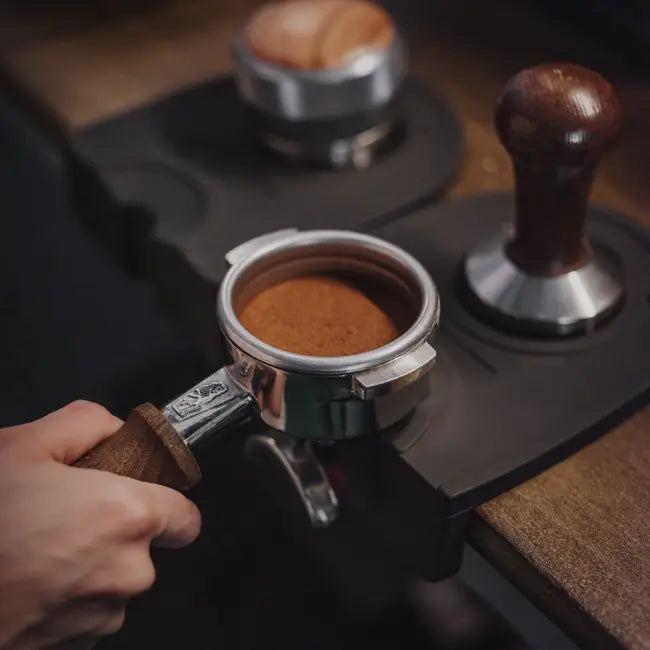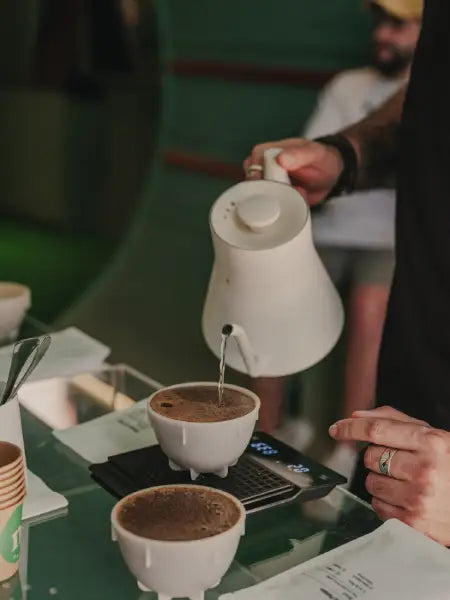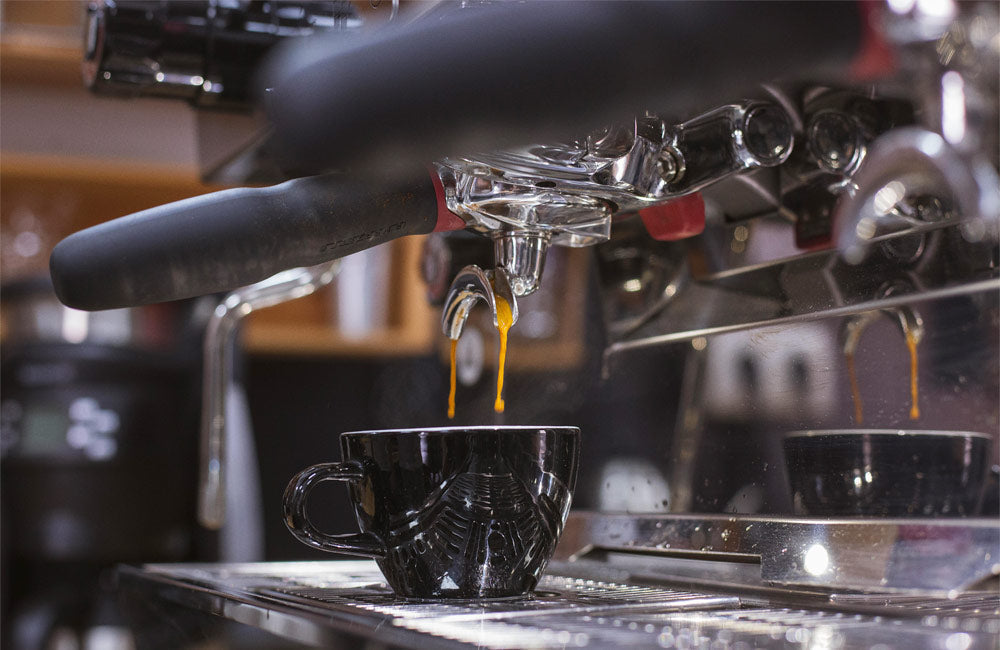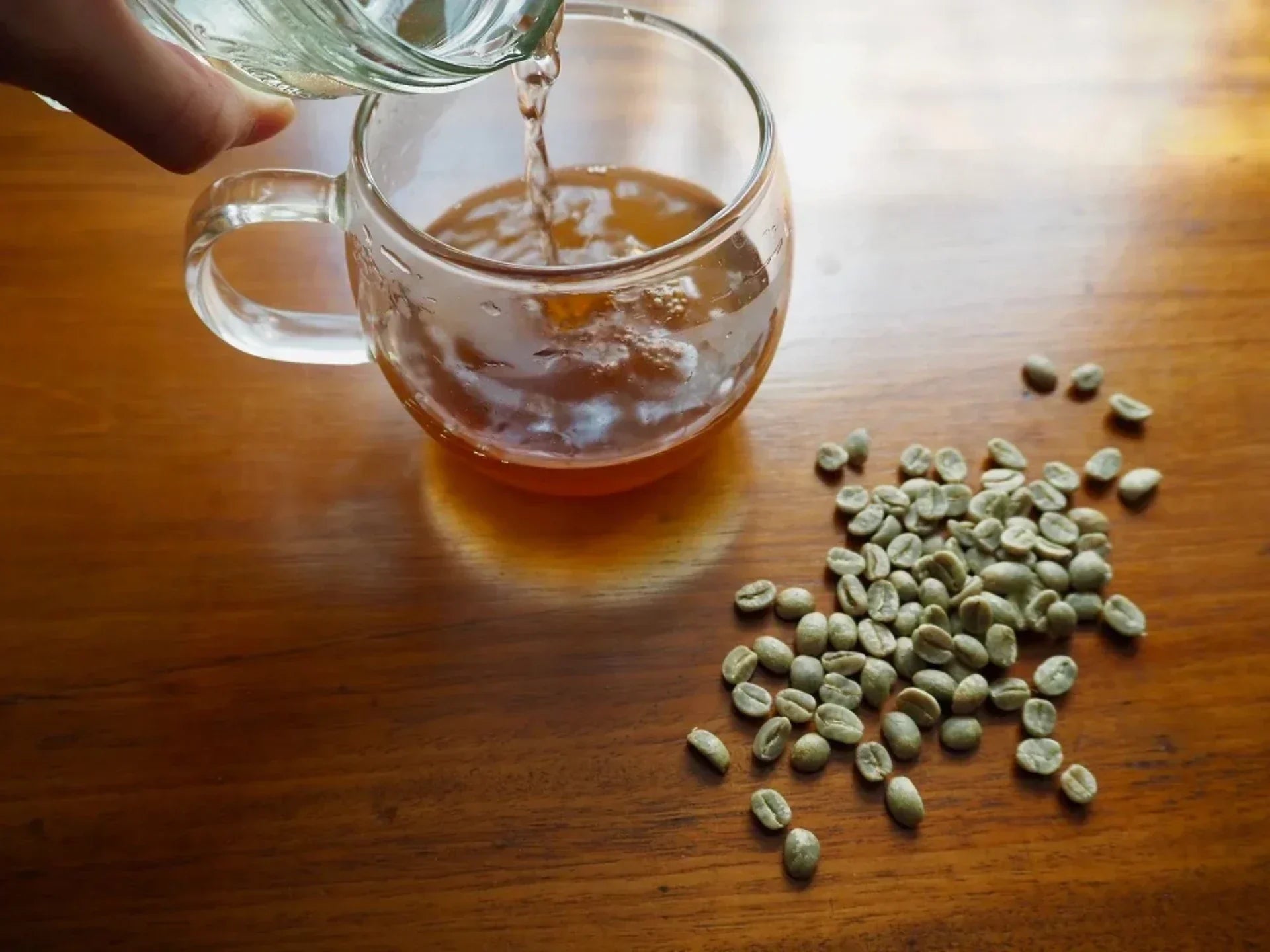Historia del café espresso
El espresso, que posiblemente la forma de consumir café dentro de los diferentes tipos de café sea la forma de consumo más extendida, es como una esencia de perfume, que destila toda una cultura y aroma en un pequeño bote, pero en este caso en una pequeña taza. Fue en Italia, a finales del siglo XIX, cuando comenzó esta revolución de la forma en la que degustamos café.
En 1884, Angelo Moriondo patentó en Italia una máquina para hacer café con vapor de agua la cual sentó las bases para futuras innovaciones. En 1901 Luigi Bezzera, patentó la "Bezzera Patent" e introdujo mejoras significativas, reduciendo drásticamente el tiempo de preparación. En la Exposición Universal de Milán presentó al mundo una bebida rápida y de exquisito sabor. Es por esto que, generalmente, se le atribuye la invención del espresso.
La expansión global del espresso llega de la mano de La Pavoni, quien, adquiriendo la patente de la “Bezzera”, lanza la "Ideale", una máquina de café espresso comercial, lo que fomenta su popularidad en Italia primero y luego en Europa y América.
A lo largo del siglo XX, el espresso no solo se arraiga en la cultura italiana, sino que se convierte en un emblema de esta, evolucionando gracias a innovaciones técnicas como la máquina de pistón en Francia y la revolucionaria "E61" de Faema.
El café espresso en la cultura del café
El café espresso se ha consolidado como un componente fundamental dentro de la cultura cafetera a nivel global. Su invención a principios del siglo XX marcó un hito en la forma de consumir café, transformando la forma en la que tradicionalmente se tomaba café, que era más cercana a una infusión.
Esta nueva forma de degustar café se ha consolidado tanto por sus características organolépticas como por su versatilidad, lo que ha fomentado su consumo tanto entre los connoisseurs del café como la población en general.
Desde su creación, el espresso se ha convertido en parte de la rutina diaria de mucha gente y en una bebida social que se toma fuera de casa. Esto se debe a que para prepararlo se necesita una máquina costosa, y la rapidez con la que se prepara y consume lo hace ideal para disfrutarlo en compañía.
La cultura del espresso no se limita a un café de aroma y sabor intenso -o las bebidas que se pueden elaborar a partir des este- la "tercera ola" del café -o café de especialidad- ha abierto las puertas a la experimentación con cafés de origen único, métodos de tueste innovadores y nuevas recetas.
Tanto es así, que el espresso se ha convertido en una de las bebidas por excelencia para representar el café y degustar sus cualidades organolépticas. Esto ha dado lugar a la creación de campeonatos, tanto a nivel nacional como internacional, en la que participan baristas experimentados.
Parte de la popularidad del espresso es que se puede disfrutar solo o con leche. Es la base de una gran variedad de bebidas y esto ha permitido que se adapte a muchos más paladares incrementando su popularidad. 
Cómo preparar el café espresso perfecto
Un café espresso se diferencia de otros tipos de extracción de café por que es un método a presión del que se obtiene un concentrado de café. Para que esto sea posible, es necesario una máquina con las características adecuadas.
Hasta ahora, estas máquinas solían tener un coste elevado razón por la que esta forma de tomar café estaba reservada casi exclusivamente a cafeterías. Recientemente han aparecido algunas marcas que ofrecen la calidad suficiente por un precio comedido, lo que lo ha convertido en una opción para casa.
Esta es la primera variable que hemos de tener en cuenta para realizar un buen espresso. Después de esto, merece la pena conocer brevemente la teoría de la extracción aplicada al espresso. 
Teoría de la extracción aplicada al espresso
El café está compuesto en un 30% de solubles. Estos solubles son los que el agua extrae al entrar en contacto con el café y lo que le proporciona las características gustativas, aromáticas y psicoactivas.
De este 30% de solubles posibles, de forma general, nosotros solo querremos disolver entre un 18% y un 24%. Esto es lo que se conoce como el TDS (sólidos disueltos totales, por sus siglas en inglés). Esto lo que llamamos Teoría de la extracción.
Dependiendo de la forma de extracción, bien sea con una máquina espresso, un filtro, o en cata, etc. tendremos en cuenta diferentes variables para obtener este porcentaje. Y, dependiendo de la cantidad final de bebida resultante de la extracción, este porcentaje tendrá unas características diferentes.
El espresso es un método de extracción de los solubles del café por calor y presión. Las variables para tener en cuenta son, en primer lugar, el café en sí (origen, proceso, etc), la molienda, la cantidad de café, la temperatura del agua, la presión de la máquina, el tiempo de extracción y la cantidad de bebida resultante (expresada en gr.)
Como referencia usaremos una receta estándar: 18 gramos de café en una ratio de 1:2,22, lo que nos daría como resultado una bebida de 40 gr.
La ratio se obtiene de dividir la cantidad de bebida resultante (40 gr) entre la cantidad de café que hemos utilizado (18 gr). La operación sería 40/18 = 2,22.
A esta extracción se le llama, en muchas ocasiones, un espresso doble. Se le llama así porque usaremos el porta filtros doble para hacerla. Y un espresso single sería el resultado de dividir esta extracción en dos (20 gr de bebida en cada taza).
¿Cómo hacer un café espresso?
Esta receta te servirá como base para preparar un espresso delicioso. Sin embargo, recuerda que el resultado final dependerá de varios factores, como el estado de tu máquina y molinillo, el tipo de agua que uses, la frescura del café o incluso la temperatura ambiente.
Receta Espresso
Ratio: 1:2.2En seco: 18grEn taza: 40grTiempo: 30-35s
Variables:
Tiempo de reposo: mínimo 2 semanasTemperatura: 94ºCPresión: 6-9 baresPre-infusión: (con/sin)Agua: GH 107 (ppm as CaCO3) KH 30 (ppm as CaCO3)
Pasos:
1) Muele 18 gramos de café con un molido fino, similar al azúcar de mesa.2) Coloca el café molido en el porta-filtro de forma uniforme3) Presiona el café con un tamper plano, aplicando una fuerza firme y uniforme.4) Enciende la máquina de espresso y asegúrate de que esté a la temperatura correcta (94ºC) y presión (6 bares).5) Inserta el porta filtros en la máquina y extrae el espresso durante 30-35 segundos. Busca un flujo constante y una crema densa y uniforme.
Complementos de café imprescindibles para un espresso perfecto
Máquinas Espresso
Lo primero es la máquina adecuada, aquí te dejamos algunas posibilidades (escogidos para diferentes presupuestos)

Reconocida por su durabilidad y calidad, la Marzocco Linea Mini es una versión doméstica de la icónica Linea Classic, una favorita en muchas cafeterías de alto nivel.
Lo destacado de la Linea Mini es su capacidad para mantener una temperatura estable, gracias a su sistema de calderas duales, lo que resulta en extracciones perfectamente balanceadas y consistentes.
Con la Linea Mini, los entusiastas del café pueden disfrutar de un espresso de calidad profesional en la comodidad de su casa, haciendo de esta máquina una inversión valiosa para todo amante del buen café.
La Sage Barista Pro es una excelente opción para los entusiastas del café que buscan eficiencia y precisión en la elaboración de espresso en casa.
Este modelo destaca por su molinillo cónico integrado que permite un ajuste preciso del tamaño de molido y su interfaz intuitiva con pantalla LCD, que ofrece control total sobre cada aspecto del proceso de preparación.
Con un rápido tiempo de calentamiento y una consistente extracción de espresso, la Sage Barista Pro combina funcionalidad avanzada y diseño elegante, ideal para quienes desean calidad y conveniencia en sus rutinas de café.


La Sage Bambino Plus es una opción compacta y potente para los amantes del café que desean calidad profesional en casa.
Se distingue por su increíble rapidez, calentando en solo tres segundos, y su sistema de vaporización automático que produce una espuma de leche perfecta para lattes y cappuccinos.
Su diseño sencillo y elegante lo hace fácil de integrar en cualquier cocina, mientras que su funcionamiento intuitivo asegura un café delicioso con mínimo esfuerzo. Ideal para quienes buscan conveniencia sin comprometer la calidad del espresso.
La Bialetti Moka Exclusive es un clásico rediseñado para los amantes del café tradicional que aprecian la estética tanto como el sabor.
Esta cafetera moka, reconocida por su capacidad para extraer un café intenso y aromático, combina funcionalidad con un diseño exclusivo y moderno.
Su estructura de aluminio asegura durabilidad y una distribución uniforme del calor, lo que resulta en un café consistentemente delicioso. Compacta y fácil de usar, la Bialetti Moka Exclusive es ideal para quienes desean disfrutar de un auténtico café italiano en casa, añadiendo un toque de elegancia a la rutina diaria del café.

Molinillos
Lo segundo, es un molinillo que muela con uniformidad y al tamaño deseado. Hemos seleccionado dos opciones de molinillo eléctrico y dos manuales.También no puede ser útil una jarra para calentar y espumar la leche, o si la máquina que tenemos no lo permite, una herramienta específica para ello. Tampoco podemos olvidarnos de un tamper adecuado.
Un buen Café
Y por último, el ingrediente estrella: el mejor café de especialidad. Pásate por nuestra tienda y veras que algunos de nuestros cafés tienen una etiqueta específica para espresso. ¡Elige una de esos y disfruta!

Disfruta del café de temporada, visita nuestra tienda
Pack iniciación Moka Italiana
La barrera de entrada para los neófitos en el mundo del café de especialidad, puede ser compleja tanto a nivel económica como de información a investigar y procesar.
Es por esto que desde Ineffable hemos seleccionado este pack de iniciación, para que puedas disfrutar de un buen espresso en casa Like a Pro.
Incluye la icónica cafetera Bialetti Moka Express de 3 tazas, que garantiza una preparación perfecta de café tipo espresso con una crema rica y densa, gracias a su construcción de aluminio de alta calidad que asegura una distribución uniforme del calor.
Molinillo manual HARIO Mini Mill, con muelas cónicas de cerámica ajustables, perfecto para obtener una molienda precisa y fresca justo antes de la elaboración.
Complementando el paquete, se incluye un paquete de 250 gramos de café de especialidad fresco y de temporada, cuidadosamente seleccionado para ofrecer notas dulces y chocolatadas. Este pack no solo es ideal para iniciarse en el café de especialidad, sino también como un regalo elegante y de buen gusto.









